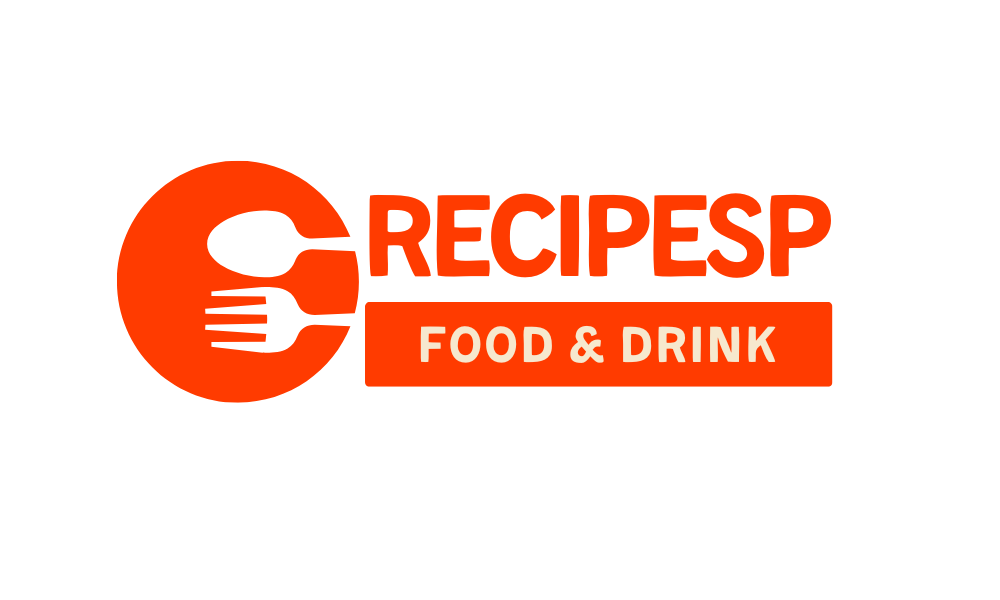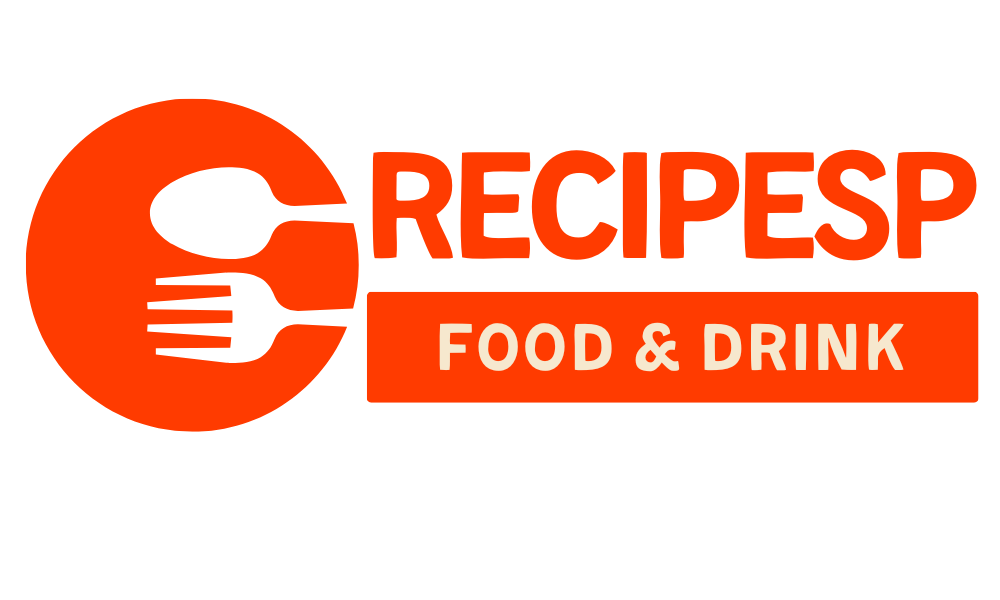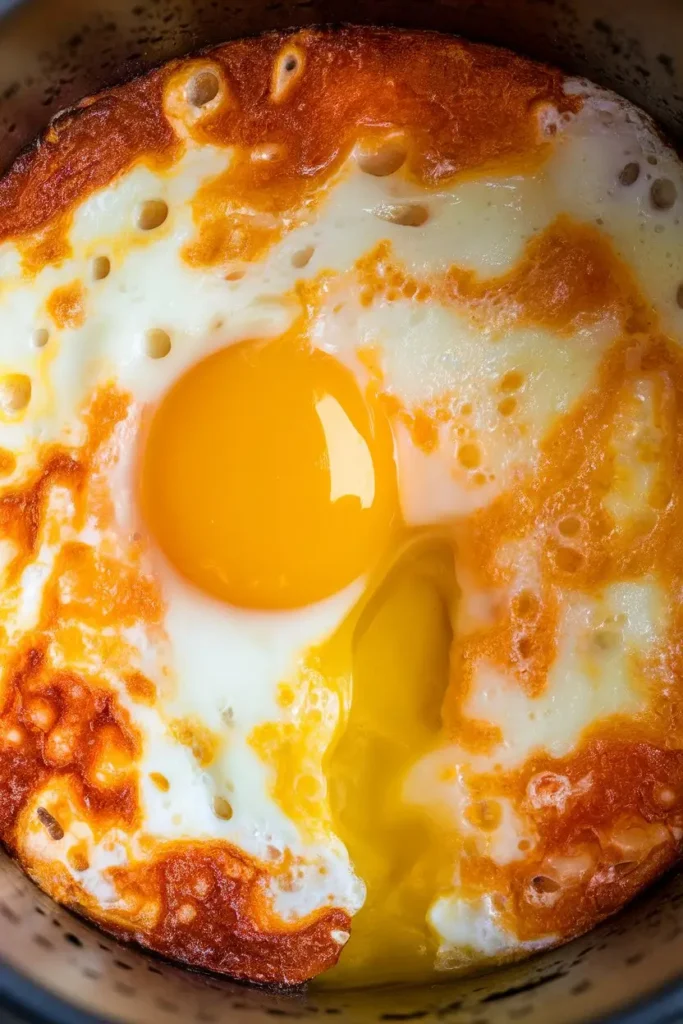Sometimes the simplest breakfast is the one you make most often. This is one of those recipes that turns an ordinary morning into something you actually look forward to.
Introduction
What if a protein-packed breakfast took under 10 minutes from fridge to fork and used less electricity than your toaster oven? An air fryer egg and cheese recipe can do exactly that. With two eggs and a modest handful of cheese, you get about 18 to 22 grams of protein, steady energy, and zero morning stress. The air fryer adds speed and consistency, and the method works for one person or a family without much cleanup.
Quick context helps. A large egg averages 6 grams of protein and 70 to 80 calories. Air fryers typically use 1,200 to 1,700 watts, while full-size ovens can pull 2,000 to 5,000 watts, and preheating is shorter by several minutes. That means this breakfast is fast, budget friendly, and repeatable. Perfect for weekdays, friendly enough for weekends.
Ingredients List
The base recipe is tiny in size and big on flexibility. Think creamy, salty, and satisfying with minimal effort.
- Large eggs: 2 per serving. Fresh, cold eggs hold shape nicely.
- Shredded cheese: 1 to 1.5 ounces. Cheddar for classic flavor, mozzarella for stretch, pepper jack for a mild kick, or a blend for depth.
- Milk or cream: 1 tablespoon. Optional, slightly silkier texture if whisking eggs. Water works too.
- Butter or oil: 1 teaspoon to grease ramekins or molds. Neutral oil or a quick spray works well.
- Salt and pepper: to taste. A pinch is enough, the cheese brings saltiness.
- Chives or green onions: 1 tablespoon sliced. Gentle onion flavor that brightens the bite.
- Paprika or smoked paprika: a light sprinkle. Adds color and warmth.
Smart swaps and add-ins
- Dairy free: use dairy-free cheese shreds, olive oil for greasing, and skip milk or use an unsweetened plant milk.
- Lower fat: use part-skim mozzarella, reduce cheese to 0.75 ounce, or use egg whites for half the eggs.
- Extra protein: add 1 to 2 tablespoons cottage cheese, ricotta, or diced lean ham or turkey.
- Veggies: finely chopped bell pepper, spinach, mushrooms, or tomatoes. Pat watery vegetables dry.
Containers that work
- 6 to 8 ounce ramekins, silicone muffin cups, or a metal muffin tin that fits in your air fryer.
- If your basket is open mesh, set ramekins on a small rack or a perforated tray for stability.
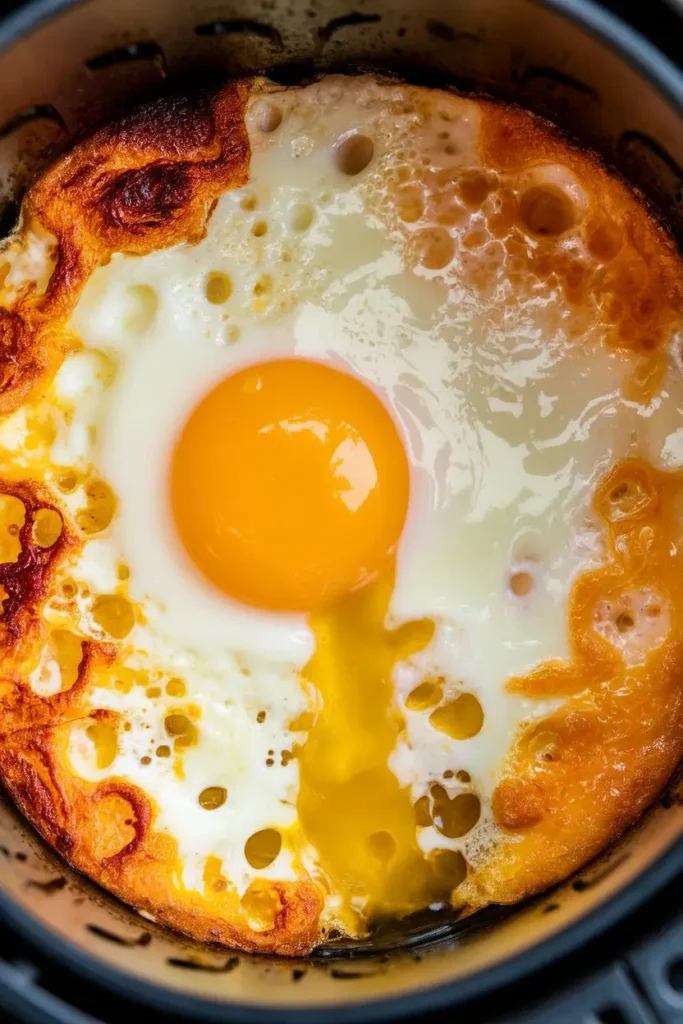
Timing
Average stovetop scrambles take 8 to 10 minutes including pan preheat, and baked egg cups in an oven take 18 to 25 minutes. Here is the schedule most home cooks can repeat:
- Prep time: 2 to 4 minutes
- Cook time: 6 to 9 minutes at 350 to 370 degrees Fahrenheit
- Total time: 8 to 12 minutes
Compared to many oven-baked egg cup recipes, this is often 40 to 60 percent faster and does not heat up the kitchen. The exact time depends on your air fryer’s wattage, pan material, and how you like your yolks.
Step-by-Step Instructions
Step 1: Preheat the air fryer and prep your cups
- Preheat to 350 degrees Fahrenheit for 2 to 3 minutes. A brief preheat improves lift and reduces sticking.
- Lightly grease ramekins or silicone cups with butter or oil, or spray with nonstick spray.
Tip: If using a metal muffin tin, preheat it for 1 minute to help the edges set quickly.
Step 2: Decide on whole eggs or whisked eggs
- For whole-egg cups: Crack 2 eggs directly into each prepared cup. Sprinkle salt, pepper, and half the cheese over the top.
- For whisked eggs: In a small bowl, whisk 2 eggs with a pinch of salt, pepper, and 1 tablespoon milk or water. Stir in cheese and herbs, then pour into cups.
Tip: Whisked eggs cook more evenly. Whole eggs give you a soft yolk option that feels luxurious.
Step 3: Add mix-ins without weighing down the eggs
- Fold in up to 2 tablespoons of finely chopped add-ins per cup. Spinach, bell pepper, scallions, or small ham cubes work well.
- Keep mix-ins dry and small. Large, wet vegetables can make the eggs watery.
Tip: For mushrooms or tomatoes, quickly sauté or blot to remove moisture.
Step 4: Air fry to your favorite doneness
- Place cups in the basket or on a tray. Leave a little space between cups for airflow.
- Cook at 350 degrees Fahrenheit:
- Soft, jiggly center: 6 to 7 minutes
- Tender with set center: 7 to 8 minutes
- Fully set and sliceable: 8 to 9 minutes
- Peek at minute 6. The top should look just set, and a toothpick near the center should come out with a few moist crumbs for a custardy texture.
Tip: If using deep ramekins, add 1 minute. If using silicone cups, they often cook 30 to 60 seconds faster due to their thin walls.
Step 5: Finish and rest
- Sprinkle the remaining cheese during the last 30 seconds for a melty top.
- Let the cups rest for 1 minute after cooking. Carryover heat finishes the center without overcooking.
Tip: Resting helps the eggs release from the sides cleanly.
Step 6: Serve hot or cool for meal prep
- Run a thin spatula or butter knife around the edge to loosen. Serve immediately, or let cool and meal prep for the week.
Tip: If you plan to pack them, cool completely on a rack to avoid condensation.
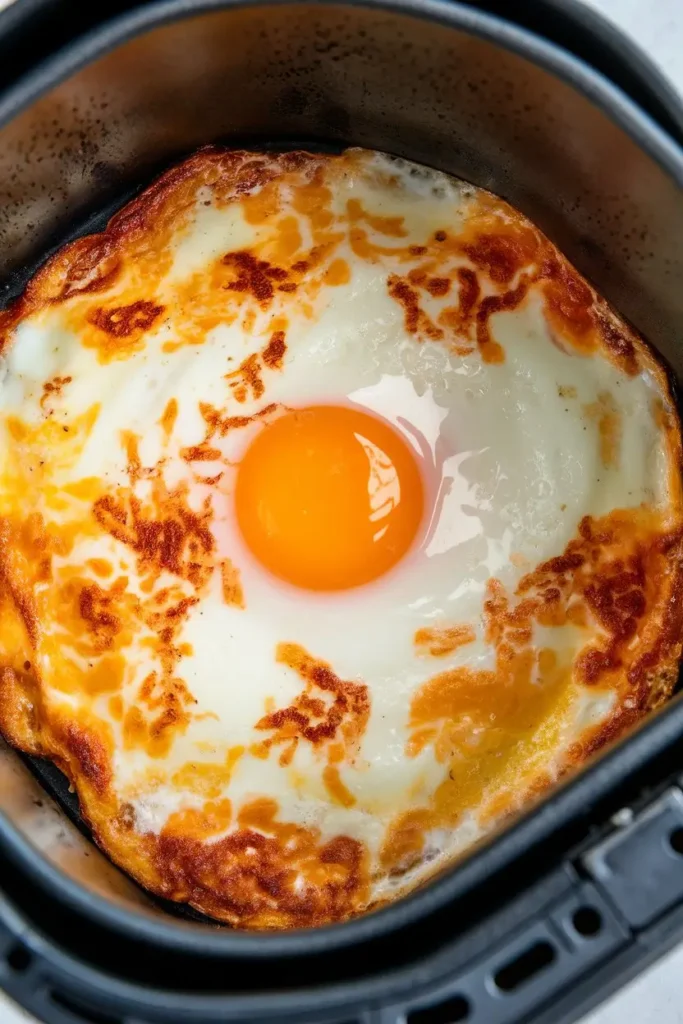
Nutritional Information
Values below reflect one serving made with 2 large eggs and 1 ounce of cheddar. Actual numbers vary by cheese type and add-ins.
| Nutrient | Amount per serving |
|---|---|
| Calories | 250 to 290 |
| Protein | 18 to 22 g |
| Total fat | 19 to 22 g |
| Saturated fat | 8 to 10 g |
| Carbohydrates | 1 to 2 g |
| Fiber | 0 g |
| Sugars | 0 to 1 g |
| Sodium | 260 to 380 mg |
| Cholesterol | 370 to 420 mg |
| Vitamin B12 | 0.9 to 1.1 mcg |
| Vitamin D | 1 to 2 mcg |
| Choline | 300 to 330 mg |
| Calcium | 200 to 250 mg |
Why it satisfies
- Eggs supply high-quality protein and choline for cognitive function.
- Cheese adds calcium and flavor density.
- Low carb, naturally gluten free, and easy to fit into higher protein or keto styles.
Healthier Alternatives for the Recipe
Dial in your nutrition goals without losing flavor.
- Lighter fat profile
- Use part-skim mozzarella or a 50-50 blend of cheddar and mozzarella.
- Swap half the whole eggs for egg whites. A mix of 1 whole egg plus 2 whites cuts fat while keeping texture.
- Lower sodium
- Choose lower sodium cheeses, season with herbs, garlic powder, or smoked paprika instead of extra salt.
- More fiber
- Stir in finely chopped spinach, kale, or broccoli rice.
- Pair with whole grain toast or a small side of berries.
- Dairy free
- Use almond or oat based cheese shreds that melt reasonably well.
- Add nutritional yeast for a savory, cheesy note.
- Veg forward
- Make a frittata style cup with zucchini, peppers, and onion.
- Add roasted vegetables from last night’s dinner to reduce food waste.
- High protein variations
- Stir in cottage cheese or Greek yogurt for extra protein and creaminess.
- Top with turkey bacon crumbles after cooking to preserve texture.
Serving Suggestions
This recipe slides into many routines, from solo breakfasts to quick lunches.
- Breakfast sandwich: Tuck an egg and cheese round into an English muffin with a tomato slice and arugula.
- Burrito style: Wrap in a warm tortilla with salsa verde and avocado.
- Grain bowl: Serve over quinoa or farro with roasted peppers and a light drizzle of hot honey.
- Brunch board: Arrange egg cups with smoked salmon, cucumbers, capers, and lemon wedges.
- Kids’ plate: Cut into wedges, add fruit and a small pancake.
- On the go: Cool completely, pack with cherry tomatoes and a piece of fruit.
Flavor pairings that work
- Cheddar plus chives and black pepper
- Feta plus spinach and dill
- Mozzarella plus roasted red pepper and basil
- Pepper jack plus corn and cilantro
Common Mistakes to Avoid
Small tweaks keep the texture tender and the flavor balanced.
- Skipping preheat: Cold baskets lengthen cook time and can lead to rubbery edges.
- Overcrowding the basket: Air needs room to move. Leave gaps between cups.
- Heavy mix-ins: Too many add-ins prevent the eggs from setting. Cap at 2 tablespoons per cup.
- Not greasing cups: Even silicone can cling. A thin coat of oil or spray helps release.
- Using too high a temperature: Above 380 degrees Fahrenheit, the top browns before the center sets.
- Ignoring carryover: Pull eggs when they look slightly underdone. Residual heat finishes them.
- Salting too early for whole-egg cups: Salt draws water from the whites. Season the top lightly or mix in just before cooking if whisking.
Storing Tips for the Recipe
Make your air fryer egg and cheese cups once, enjoy all week.
- Refrigeration: Store in an airtight container for up to 3 days. Place parchment between layers to prevent sticking.
- Freezing: Freeze for up to 2 months. Wrap individually, then place in a freezer bag to prevent freezer burn.
- Reheating: Air fry at 320 degrees Fahrenheit for 3 to 4 minutes or microwave at 50 percent power for 45 to 60 seconds. High power can toughen eggs.
- Meal prep: Portion with roasted vegetables or a small grain salad in divided containers. Keep sauces like salsa or hot sauce separate until serving.
Quick Recap and Next Steps
Two eggs, a bit of cheese, and your air fryer deliver a fast breakfast with 18 to 22 grams of protein in about 8 minutes. Try it today, then drop a comment with your favorite cheese combo or mix-in ideas. If you enjoy practical, tasty recipes, subscribe for fresh weekly posts and cooking tips.
FAQs
How long should I cook air fryer egg and cheese cups?
- Most baskets do the job at 350 degrees Fahrenheit in 6 to 9 minutes. Thin silicone cups cook on the faster side, deep ramekins take closer to 9 minutes. Check at minute 6.
Do I need to preheat my air fryer?
- A 2 to 3 minute preheat helps the eggs puff and reduces sticking. It also gives more predictable timing.
Can I cook whole eggs without whisking?
- Yes. Crack 2 eggs into a greased cup, season lightly, and add cheese. For a soft yolk, pull at 6 to 7 minutes. For a firmer yolk, go 8 minutes.
What cheese melts best?
- Cheddar, Colby jack, and mozzarella melt smoothly. Parmesan adds a savory edge but does not melt as stringy, so combine it with a softer cheese for balance.
Can I make this without a ramekin or muffin cup?
- You can, though results vary. Line the basket with a small piece of parchment with holes or use a shallow, oven safe dish that fits your basket. Avoid pouring eggs directly into an open mesh basket.
How do I scale this recipe for a crowd?
- Use a muffin tin that fits your air fryer or cook in batches. The second batch often cooks 30 to 60 seconds faster since the air fryer stays hot.
Is this recipe gluten free and keto friendly?
- Yes. Eggs and cheese are naturally gluten free and very low in carbohydrates. Pair with low carb vegetables to keep carbs minimal.
Why did my eggs turn rubbery?
- Overcooking is the usual cause. Pull the eggs when they look slightly underdone, then rest for 60 seconds. Also check your air fryer temperature with an oven thermometer for accuracy.
What temperature is best if my air fryer only has fixed settings?
- Use the closest preset to 350 degrees Fahrenheit. If your lowest setting is 360 to 370, reduce time by 30 to 60 seconds and monitor closely.
What containers are safe in the air fryer?
- Any oven safe ceramic, glass, metal, or silicone that fits your basket is generally safe. Ensure there is space around the container for airflow.
Looking for variations? Try a pesto swirl, a spoon of salsa roja, or a sprinkle of everything bagel seasoning. For more breakfast ideas, check our quick egg bites and 10-minute toasts in the breakfast category on the site.
